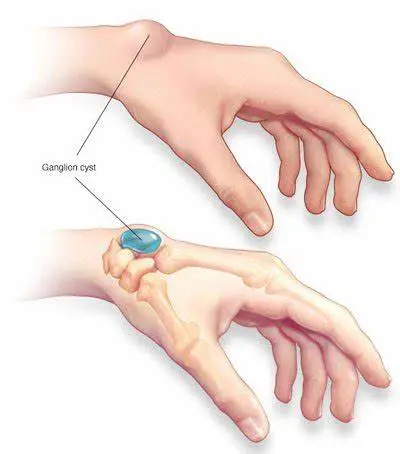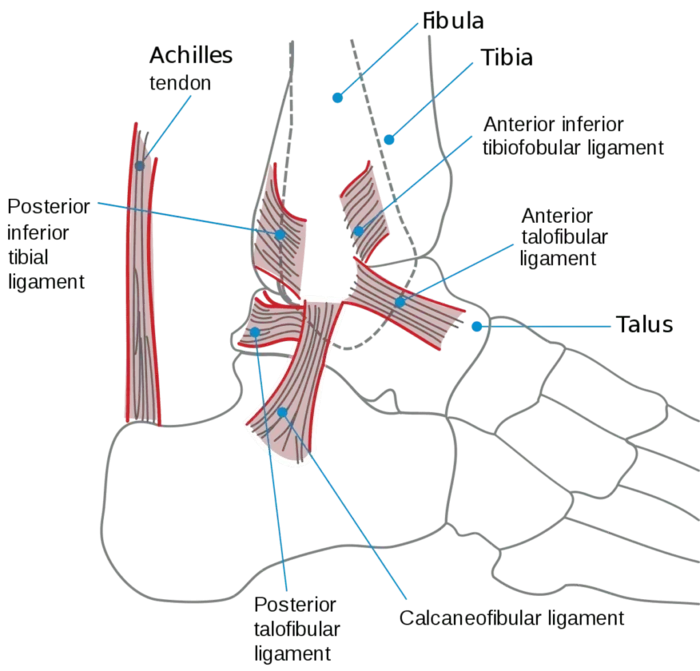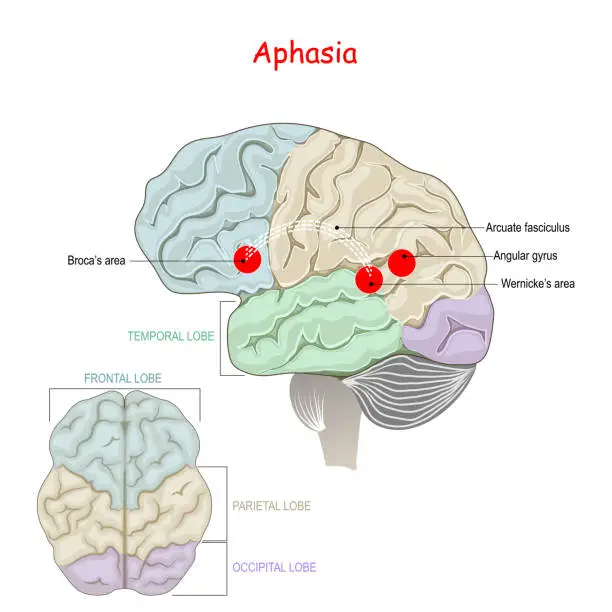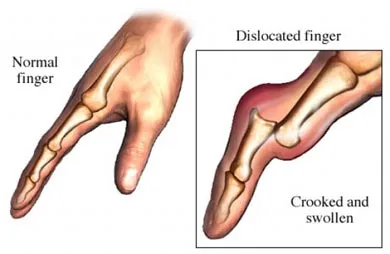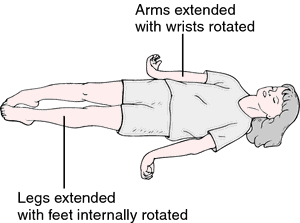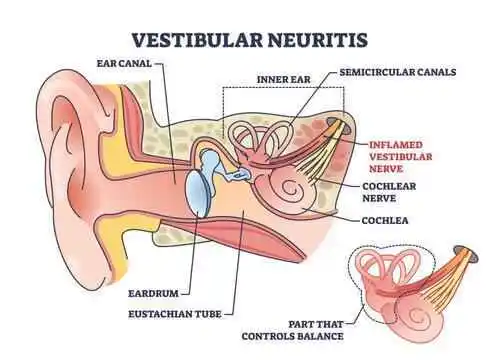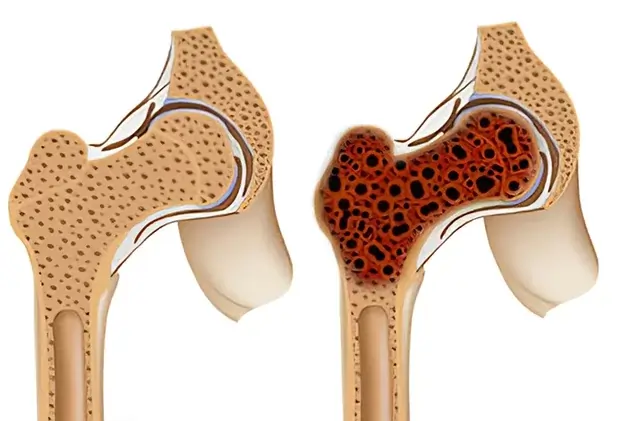Ganglion Cyst
A fluid-filled lump beneath the skin’s surface that develops on or around tendons and joints is called a ganglion cyst, sometimes known as a bible cyst. They frequently go away on their own and rarely produce any symptoms. Treatment options include outpatient surgery (ganglionectomy) and observation.
Overview
A little bump immediately below the skin that is filled with fluid is called a ganglion cyst (plural: ganglia). A rip in the tissue covering a tendon or joint might result in the development of this kind of cyst. The tissue swells as a result, forming a sac. A ganglion cyst is also known as a bible cyst.
Ganglia frequently develop at particular joints. You may experience more pain and swelling if you move the joint that is close to the cyst. However, ganglia are often benign and are not malignant.
Usually, ganglion cysts appear on your:
- Wrist: The rear or front.
- Finger: In the surroundings of any finger joint, either just beneath the nail or near the palm.
- Foot: Close to your toes or ankle.
Even while some ganglion (pronounced “gang-glee-uhn”) cysts are so tiny that there may not be a noticeable bulge beneath your skin, they can still be painful. We call them occult ganglions. To find them, your doctor can prescribe an ultrasound or magnetic resonance imaging (MRI).
Ganglion cysts are a common condition. Among the most frequent benign (noncancerous) masses to form in the soft tissues of your body are Bible cysts.
Symptoms
It is possible to be unaware that you have a ganglion cyst. A noticeable bump or mass on your wrist, hand, ankle, or foot is the most typical indication of a ganglion cyst, should symptoms manifest.
You can have pain or discomfort if the cyst is on your foot or ankle, especially when you walk or wear shoes. When a cyst is close to a nerve, it can occasionally result in:
- A reduction in movement
- Numbness and pain
- A tingling feeling
Certain ganglion cysts have the potential to change in size over time.
These cysts’ key characteristics features include:
- Location: The rear or top of the wrist is where they usually appear. They may also appear on the wrist’s palm side, at the base of a finger, on the top of the finger’s terminal joint, or even on the ankle or knee joints.
- Pain: Depending on whether ganglion cysts press against a nerve, they may or may not cause pain.
- Size: They might be as small as a pea or as big as a golf ball.
- Sensory Effects: Numbness may be felt in the surroundings of the cyst. A cyst on the hand or wrist may cause a person to lose their ability to hold objects.
Causes
The precise reason for a ganglion cyst’s growth is unknown. According to some hypotheses, a cyst might form following damage to a tendon or joint that permits tissue to protrude or leak.
A ganglion cyst can affect anyone.
However, the following variables may make you more likely to get one of these cysts:
- Sex: Compared to individuals assigned male at birth (AMAB), those assigned female at birth (AFAB) produce ganglia three times more frequently.
- Age: The majority of ganglion cyst cases occur in early to mid-adulthood, specifically in the years 20 to 50.
- Previous damage: According to some medical professionals, a joint injury (such as tendinitis from excessive wrist use) may be the trigger for a ganglion cyst later on.
- Arthritis: A ganglion cyst is more likely to develop if you have hand arthritis. A ganglion cyst frequently develops at the joint closest to the fingertip in individuals with arthritis. However, having a ganglion cyst on your finger does not indicate that you currently have arthritis or will develop it in the future.
Formation
Regarding their formation, the precise methods are yet unknown. However, joint strain appears to be crucial because ganglion cysts typically appear in locations that have seen trauma or heavy use. The leakage of synovial fluid from a joint into the surrounding area is another possible reason.
Experts are still unsure of the exact “how” and “why” of these events, which raises a fascinating but unsolved challenge in the field of medical knowledge.
Diagnosis
A medical professional may apply pressure to the cyst to feel whether it hurts during the physical examination. If a light is polished through the cyst, it may reveal whether it is fluid-filled or solid.
Imaging studies, including an MRI, ultrasound, or X-ray, can help rule out other illnesses like arthritis or tumors and confirm the diagnosis.
A needle-pricked cyst may cause fluid that confirms the diagnosis. A ganglion cyst produces thick, transparent fluid.
Medical History and Physical Examination
Your doctor will ask detailed questions about your symptoms and medical history at your first visit. They could ask about:
- How long you’ve been aware of the ganglion?
- Whether its extents fluctuate over time.
- Whether you feel any pain concerning it.
To measure any pain or tenderness, your doctor may gently touch the cyst. A ganglion is often translucent, even transparent, because of its fluid-filled nature. Your doctor may flash a penlight on the cyst to see if light comes through to identify the type of cyst and differentiate it from solid tumors.
Imaging Test
- X-rays are one type of imaging test that can produce clear images of dense materials, such as bones. X-rays are useful for ruling out other illnesses, such as bone tumors or arthritis of the hands or wrists, even though ganglion cysts do not show up on them.
- Ultrasounds and magnetic resonance imaging (MRI) scans are particularly useful for identifying soft tissues, such as ganglion cysts. Sometimes, to identify hidden ganglions or determine the cyst from other kinds of tumors, MRI scans and ultrasounds are required. But more often than not, additional imaging is not needed before starting treatment.
Treatment
Medical
Treatments for ganglion cysts consist of:
- Anti-inflammatory drugs can reduce swelling and ease mild pain.
- To reduce swelling and pain, braces or splints provide support and prevent movement of the injured area.
- During an aspiration procedure, your doctor will extract cyst fluid with a needle. Typically, providers aspirate at their workplace. You might feel better immediately. Your symptoms can reappear because this treatment just eliminates the cyst’s fluid.
Non-surgical
Observation:
When there’s no pain or other obvious signs, your doctor can advise a cautious waiting approach. This careful approach is typically regarded as safe because ganglion cysts are not cancerous and may even go away on their own with time.
Immobilization:
Activities frequently cause ganglion cysts to grow, which may put pressure on surrounding nerves and result in pain. Using a splint or brace on the wrist can help reduce the size of the cyst and relieve symptoms. Your doctor may start you on wrist exercises to strengthen it and increase its range of motion as soon as the pain subsides.
Aspiration:
Aspiration is a treatment option for ganglion cysts that significantly impair everyday functioning or cause severe pain. The cyst’s fluid is drained during this procedure. After numbing the region around the cyst, the fluid is removed with a needle.
Unfortunately, aspiration often proves ineffective in eliminating the ganglion, primarily because of the persistence of the root or connection to the joint or tendon sheath. Like a weed that won’t go away, a ganglion will regrow if its root is not sufficiently treated. Consequently, after an aspiration treatment, the cyst often resurfaces.
It’s important to remember that aspirations are commonly used to treat ganglion cysts on the wrist’s upper side. However, because they are close to important blood arteries and nerves, ganglions on the palm side of the wrist present aspiration problems.
Aspiration, immobilization, and observation are all included in this all-encompassing treatment plan, which is customized to the patient’s unique situation and the unique features of the ganglion cyst.
Surgical
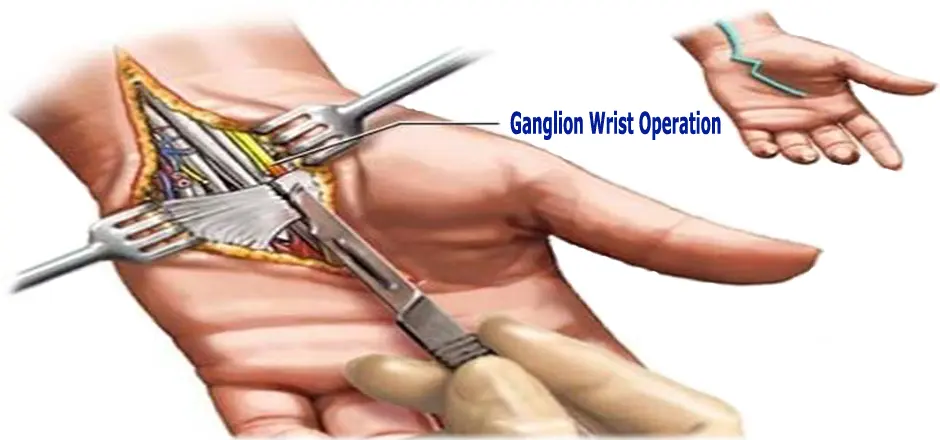
If your cyst reappears or other treatments don’t work, your doctor can suggest surgery. Ganglia are treated by surgeons who remove the entire cyst. A root, or stalk-like structure, is frequently joined to a cyst.
Your surgeon may perform arthroscopy (small incisions) or open (conventional) procedures. To properly fix the problem, surgeons may remove tissue from the adjacent joint.
Surgery to remove ganglion cysts is known as ganglionectomy. Usually, it’s an outpatient process. Thus, the day after the procedure, you ought to be allowed to return home. A complete recovery takes two to six weeks. Specialized training is required for orthopedic surgeons to execute complex treatments on soft tissues and joints in the body.
Your symptoms might be successfully relieved by surgery. The likelihood of a biblical cyst returning is significantly decreased by surgical removal of the cyst. Even so, ganglia are thought to reappear following surgery in 5% to 15% of instances.
The recovery process
To promote a speedy recovery after surgery, the patient should take the following measures:
- Protective Measures: To guarantee adequate healing, it is essential to keep the operated area covered and protected from unintentional bumps.
- Following the Aftercare Guidelines: Adhering to the physician’s post-operative instructions with diligence is essential to a successful recuperation. These methods are designed to promote recovery and prevent more problems.
- Use of Splint (If Applicable): If the cyst was on the hand or wrist, using a splint during the first few days following surgery can help support the area and promote healing.
- Pain management: If necessary, over-the-counter pain relievers can be used to treat any pain that may arise after surgery.
- Elevation: Raising the affected extremity helps aid in healing and lessen the chance of edema.
It is advised that the person seek medical assistance as soon as possible if any pain or strange symptoms worsen beyond what is normal during the healing process. Following these recommendations and keeping lines of communication open with their physician, patients can guarantee a more seamless recovery and the best possible result following ganglion cyst surgery.
What would happen if you didn’t cure a ganglion cyst?
If a ganglion cyst doesn’t hurt, you might not need to have therapy. A ganglion cyst may spontaneously disappear.
Your doctor might suggest therapy if there is a ganglion cyst:
- Pain could occur if a cyst pushes on a nerve or the tissues in a joint.
- makes it harder to perform specific tasks or movements, such as grasping a pencil or walking.
- makes you feel self-conscious about how you look.
Tips and Home cures
When pain is experienced due to a cyst, the following actions can be helpful:
Adjusting footwear is important if the cyst is on the foot or ankle since it should not rub or irritate the area. This worry can be successfully avoided by choosing open or soft shoes, adding padding, or even fastening the shoes differently.
Immobilization Technique: Moving the affected area excessively may exacerbate the cyst’s growth. Using a brace or splint helps to limit movement, which may eventually cause the cyst’s size to decrease.
Pain management: Over-the-counter medications like ibuprofen can be used to greatly reduce pain if the cyst is causing pain.
Are ganglion cysts preventable?
A ganglion cyst cannot be prevented, as far as we know. Even after therapy, these kinds of cysts may return if you’re prone to getting them.
Speak with a physician or other medical expert about the best course of action for treating or removing a ganglion cyst if it reappears and starts to cause you pain.
Conclusion
Generally speaking, a ganglion cyst doesn’t pose a serious health risk. However, if it causes any level of pain or limits one’s range of motion, it is best to speak with a physician. If determined required, a doctor’s evaluation may result in a recommendation for a removal operation.
It is crucial to remember that surgical procedures may leave scars behind. Furthermore, there’s a chance that the cyst will come back after therapy. Considering these aspects, having an educated discussion with a healthcare professional can help people make the best choices for their health.
FAQs
What is a ganglion cyst?
A ganglion cyst is a noncancerous, fluid-filled lump that typically develops around tendons or joints in your wrist or hand. They can also appear on your ankle or foot. While they’re usually painless, some cysts can cause pain, especially if they press on a nerve.
What causes ganglion cysts?
The exact cause of ganglion cysts is unknown, but they’re often linked to repetitive strain or injuries to the wrist or hand. Activities that put stress on your joints and tendons, like gymnastics or playing certain sports, can increase your risk.
What are the symptoms of a ganglion cyst?
The main symptom of a ganglion cyst is a firm, round lump under the skin. These lumps can vary in size and may feel firm or rubbery. Pain isn’t always present, but some people experience pain, especially when they move their wrists or hands in a certain way.
How are ganglion cysts diagnosed?
In most cases, a doctor can diagnose a ganglion cyst based on a physical examination. They may also use light transillumination, which involves shining a light through the cyst to see if it’s fluid-filled. In some cases, an X-ray or ultrasound might be used to rule out other conditions.
How are ganglion cysts treated?
Treatment for ganglion cysts depends on the severity of your symptoms. Often, no treatment is needed if the cyst isn’t causing any problems. If you’re experiencing pain, options include immobilization with a splint, aspiration (removal of the fluid with a needle), or surgery to remove the cyst.
Can ganglion cysts go away on their own?
Yes, ganglion cysts can sometimes disappear on their own without any treatment. However, there’s no way to predict if or when this might happen.
Can ganglion cysts come back after treatment?
There’s a chance that a ganglion cyst can recur after treatment, especially after surgery. This is more likely if the cyst was large or if it wasn’t completely removed.
References
- Professional, C. C. M. (n.d.). Ganglion Cyst. Cleveland Clinic. https://my.clevelandclinic.org/health/diseases/ganglion-cyst#diagnosis-and-tests
- Vaghela, D. (2023, December 13). Ganglion Cyst – Cause, Symptoms, Treatment. Mobile Physiotherapy Clinic. https://mobilephysiotherapyclinic.in/ganglion-cyst/
- Ganglion cyst – Symptoms and causes – Mayo Clinic. (2023, January 12). Mayo Clinic. https://www.mayoclinic.org/diseases-conditions/ganglion-cyst/symptoms-causes/syc-20351156
- Gabbey, A. E. (2023, May 8). Ganglion Cysts. Healthline. https://www.healthline.com/health/ganglion-cysts#takeaway

